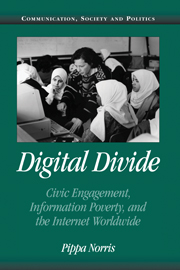Preface
Published online by Cambridge University Press: 05 June 2012
Summary
Two decades ago, when my computer odyssey started, I used a series of massive mainframes humming in a hushed, air-conditioned room in the basement of Newcastle University, a mysterious place, and glimpsed through locked doors where I collected inches of perforated printout or asked technician demigods to mount magnetic tapes. Data arrived through the mail, weeks after ordering, in metal cans the size of film reels. Inexplicable things like the appropriate blocking factor took days to sort out before the columns of numbers all fell into place. The room next door was dedicated to rows of women at data input machines who all day efficiently and accurately typed endless columns of figures, fueled by gossip and endless cigarettes to relieve the tedium. In the early 1980s a personal desktop computer came into my life, driven by MSDOS commands and Wordstar, freeing me from the clattering mainframe and my Olivetti typewriter. A backbreaking Compaq “luggable” arrived next, at the time a marvelous object of technological envy although the size of a small suitcase and quite heavy to carry through customs. Email became ubiquitous by the mid-1980s although modems ran at 300 bauds per minute. Floppies were actually floppy. In 1993 at Edinburgh University, I persuaded a technician to purloin an early version of the Mosaic browser, although, as I recall, my initial reaction was one of disappointment.
- Type
- Chapter
- Information
- Digital DivideCivic Engagement, Information Poverty, and the Internet Worldwide, pp. xiii - xviPublisher: Cambridge University PressPrint publication year: 2001
- 1
- Cited by

